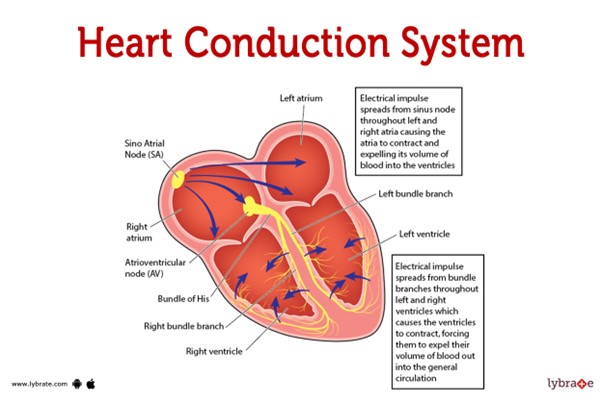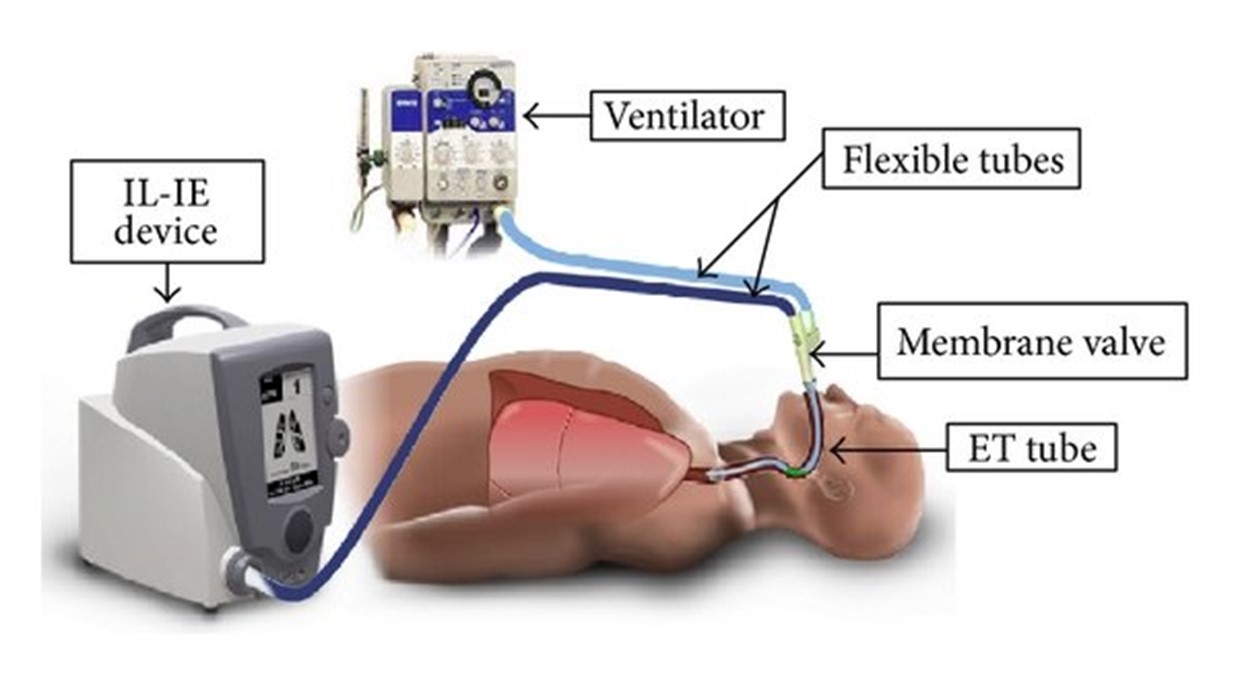A student is caring for a patient who suffered massive blood loss after trauma. How does the student correlate the blood loss with the patient's mean arterial pressure (MAP)?
It causes vasoconstriction and increased MAP.
Lower blood volume lowers MAP.
It raises cardiac output and MAP.
There is no direct correlation to MAP.
The Correct Answer is B
Mean arterial pressure (MAP) is a measure of the average pressure within the arteries during one cardiac cycle. It represents the perfusion pressure that drives blood flow to organs and tissues. MAP is calculated using the formula:
MAP = Diastolic blood pressure + 1/3 (Systolic blood pressure - Diastolic blood pressure)
Blood loss, particularly in cases of significant hemorrhage, leads to a decrease in blood volume. When blood volume decreases, there is less circulating blood available to generate pressure within the arterial system. This reduction in blood volume results in decreased MAP.
Therefore, in the case of massive blood loss after trauma, the student can correlate it with a lower blood volume, which in turn leads to a lower MAP. The decrease in blood volume reduces the perfusion pressure, compromising organ and tissue perfusion
A. It causes vasoconstriction and increased MAP in (option A) is incorrect because: While vasoconstriction can occur as a compensatory mechanism to maintain blood pressure, it does not necessarily lead to an increased MAP in the context of significant blood loss.
C. It raises cardiac output and MAP in (option C) is incorrect because Blood loss typically leads to a reduction in cardiac output due to decreased blood volume. Therefore, it does not raise cardiac output and MAP.
D. There is no direct correlation to MAP in (option D) is incorrect because: There is indeed a direct correlation between blood loss and MAP. As blood volume decreases, MAP decreases as well.
Therefore, the correct correlation between blood loss and MAP is that lower blood volume lowers MAP.
Nursing Test Bank
Naxlex Comprehensive Predictor Exams
Related Questions
Correct Answer is A
Explanation
 This pathway represents the normal sequence of electrical impulses that coordinate the contraction and relaxation of the heart chambers.
This pathway represents the normal sequence of electrical impulses that coordinate the contraction and relaxation of the heart chambers.
The electrical signal originates from the sinoatrial (SA) node, which is often referred to as the natural pacemaker of the heart. It is located in the right atrium and generates the electrical impulses that initiate each heartbeat. From the SA node, the electrical signal travels to the atrioventricular (AV) node, which is located at the junction between the atria and ventricles.
After passing through the AV node, the electrical impulse travels through the bundle of His (also known as the atrioventricular bundle) and divides into the right and left bundle branches. These branches continue the conduction pathway and deliver the electrical signal to the Purkinje fibers.
The Purkinje fibers spread the electrical impulse rapidly throughout the ventricles, stimulating the contraction of the ventricular muscle and allowing for efficient pumping of blood out of the heart.
Therefore, the correct sequence of the normal conduction pathway in the heart is:
A. SA node - AV node - bundle of His - bundle branches - Purkinje fibers.
Correct Answer is C
Explanation
In a patient receiving mechanical ventilation, a high respiratory rate can indicate increased work of breathing and potential airway obstruction. COPD patients, in particular, may have excessive mucus production and airway inflammation, leading to mucus plugging and compromised airway clearance. Suctioning may be necessary to remove excessive secretions and maintain a patent airway.
A. The pulse oximeter shows a SpO2 of 90% in (option A) is incorrect because While a SpO2 of 90% is suboptimal and may require intervention, it does not specifically indicate the need for suctioning. Other interventions, such as adjusting oxygen delivery or ventilation settings, may be more appropriate.
B. The patient has not been suctioned for the last 6 hours in (option B) is incorrect because The duration since the last suctioning episode alone does not necessarily indicate the need for suctioning. The need for suctioning should be based on the patient's clinical presentation, such as signs of airway obstruction or excessive secretions.
D. The lungs have occasional audible expiratory wheezes in (option D) which is incorrect because Occasional audible expiratory wheezes may be common in patients with COPD and may not specifically indicate the need for suctioning. Wheezing is more commonly associated with narrowing of the airways, and suctioning is typically performed to clear secretions or maintain airway patency.
C. Therefore, in a COPD patient receiving mechanical ventilation, a high respiratory rate (C) is the assessment information that would indicate the need for suctioning to help remove excessive secretions and ensure a patent airway

Whether you are a student looking to ace your exams or a practicing nurse seeking to enhance your expertise , our nursing education contents will empower you with the confidence and competence to make a difference in the lives of patients and become a respected leader in the healthcare field.
Visit Naxlex, invest in your future and unlock endless possibilities with our unparalleled nursing education contents today
Report Wrong Answer on the Current Question
Do you disagree with the answer? If yes, what is your expected answer? Explain.
Kindly be descriptive with the issue you are facing.
